A family dining table does more than hold meals; it's a gathering spot for everything from homework to game nights. For medium-sized families, choosing between a leg, trestle, or pedestal base can make all the difference in comfort and function. Each base style brings unique advantages—leg tables offer stability, trestle tables create space, and pedestal tables add flexibility. The right choice depends on how your family uses this space daily—but which style truly fits your needs?
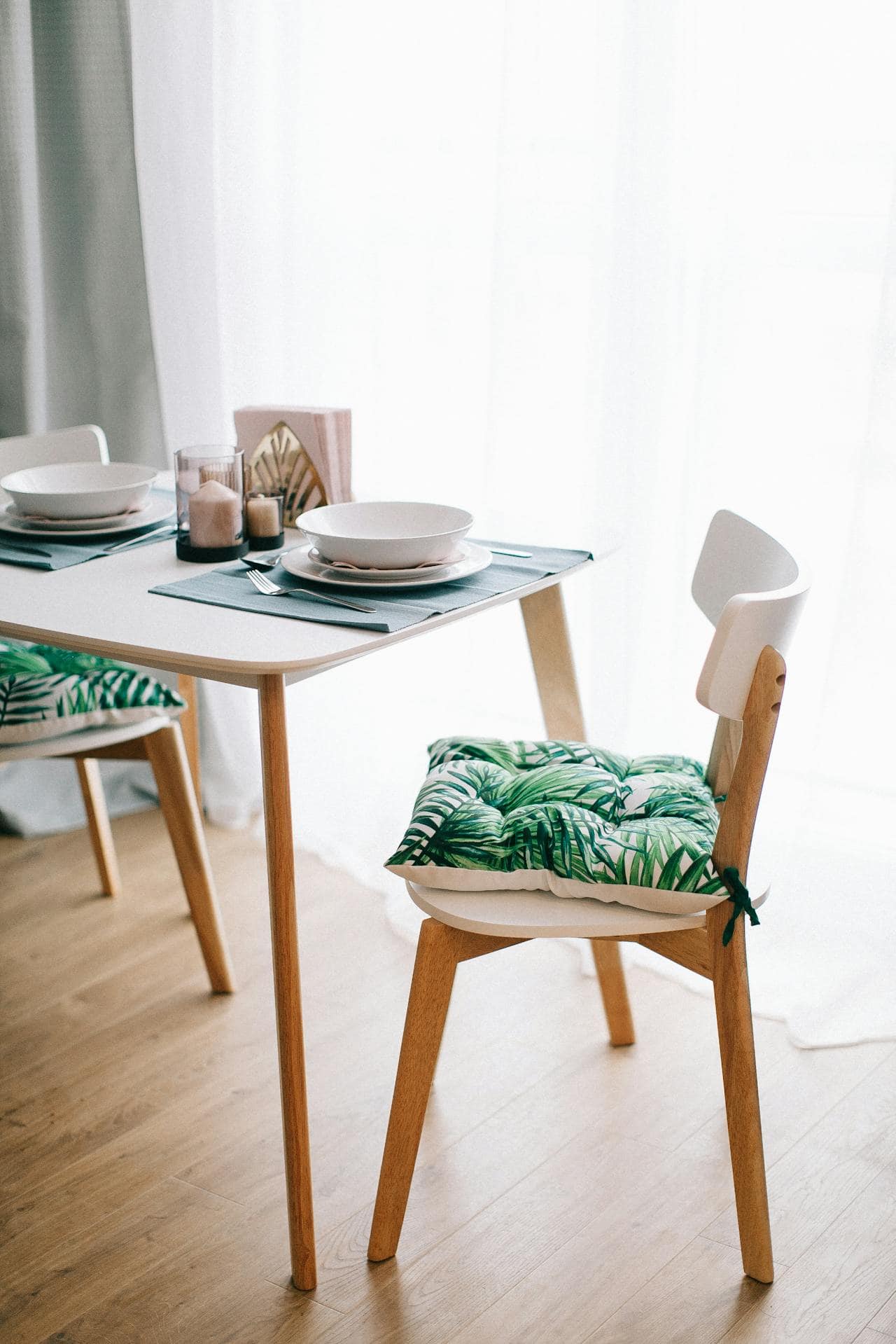
The Basics: Leg, Trestle, or Pedestal?
Regarding family dining tables, the base style shapes the look and how your table fits into your life. Here's a quick look at each type:
Leg Table
The classic four-legged table is versatile and straightforward, blending well with most styles. It's ideal for medium-sized spaces, offering stability and structure. While it may limit seating at the corners, it's a timeless choice that works in nearly any room.
Trestle Table
Known for its strength and spacious design, a trestle table features a sturdy beam across the center, making it a solid choice for families who love hosting. With legs positioned at the ends, trestle tables offer more legroom, making it easy to pull up benches or extra chairs for larger gatherings.
Pedestal Table
With a single central base, a pedestal table opens up seating options and creates a more flexible, airy feel. This design is especially suited for round or oval tables, allowing everyone to sit comfortably without the interference of legs at the edges.
Lifestyle Factors: Choosing What Works Best for Your Family
Your dining table is a hub of family life, from breakfasts on the go to evening game nights. So, choosing the right base style means thinking about how you use this space daily.
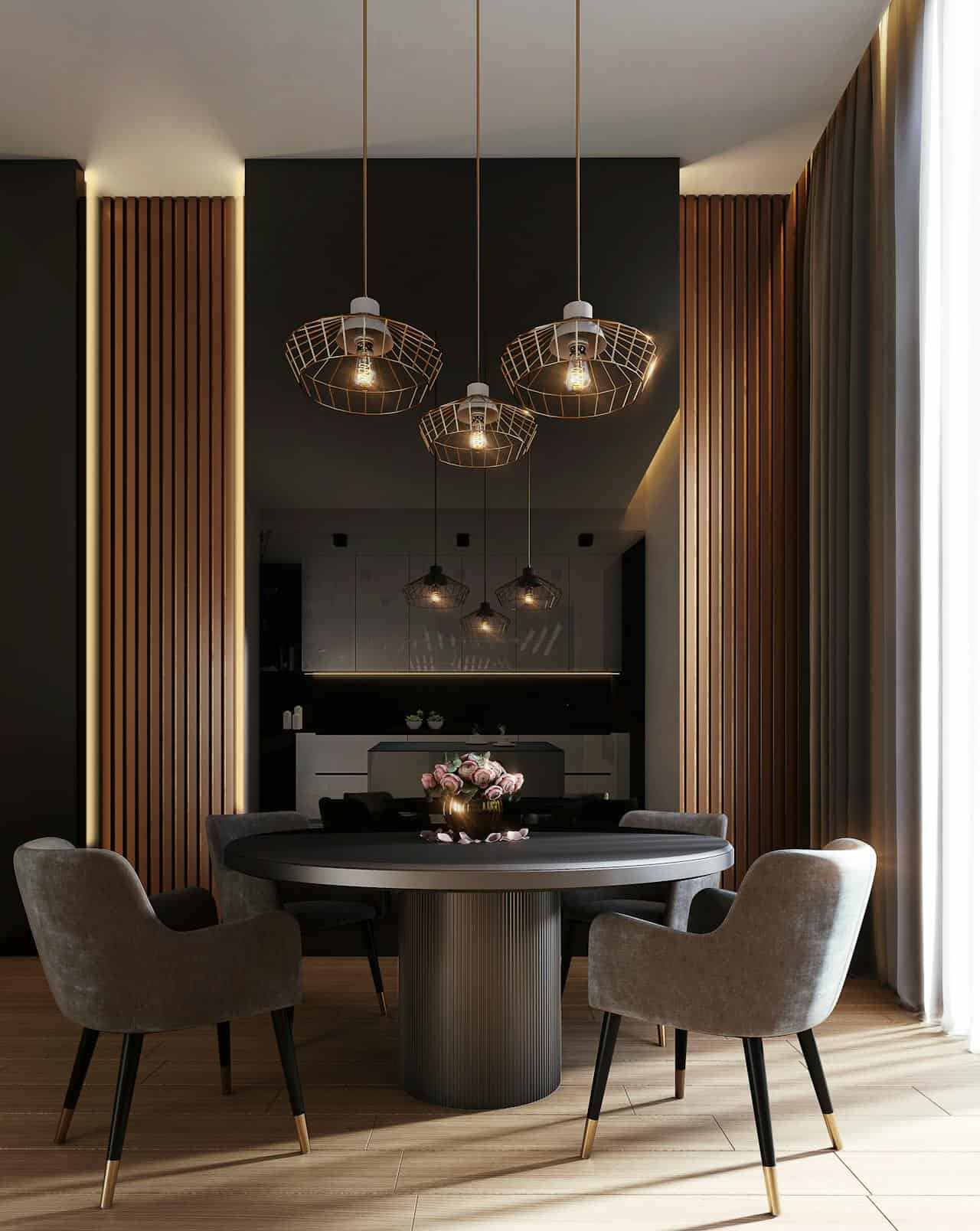
Practicality
If your table sees a lot of action, consider how each base fits your lifestyle. A leg table works well if you need sturdy support, while a pedestal table better suits families who often pull up extra chairs or work from home at the table.
Aesthetics
Each base brings a different vibe to the room. Leg tables have a classic, understated charm that complements any decor. Trestle tables add a rustic, grounded look, while pedestal tables create an open, airy feel, perfect for a cozy but flexible layout.
Durability
With family life, durability is a must. Trestle tables are among the sturdiest, ideal for heavy use and gatherings. Amish-made options are crafted to last, giving you a table that withstands everyday wear while looking timeless.
Space Efficiency
Space flexibility matters in medium-sized rooms. A pedestal table maximizes seating by freeing up the edges, while a trestle table's design offers extra legroom. Leg tables are great for defined spaces where the layout is fixed.
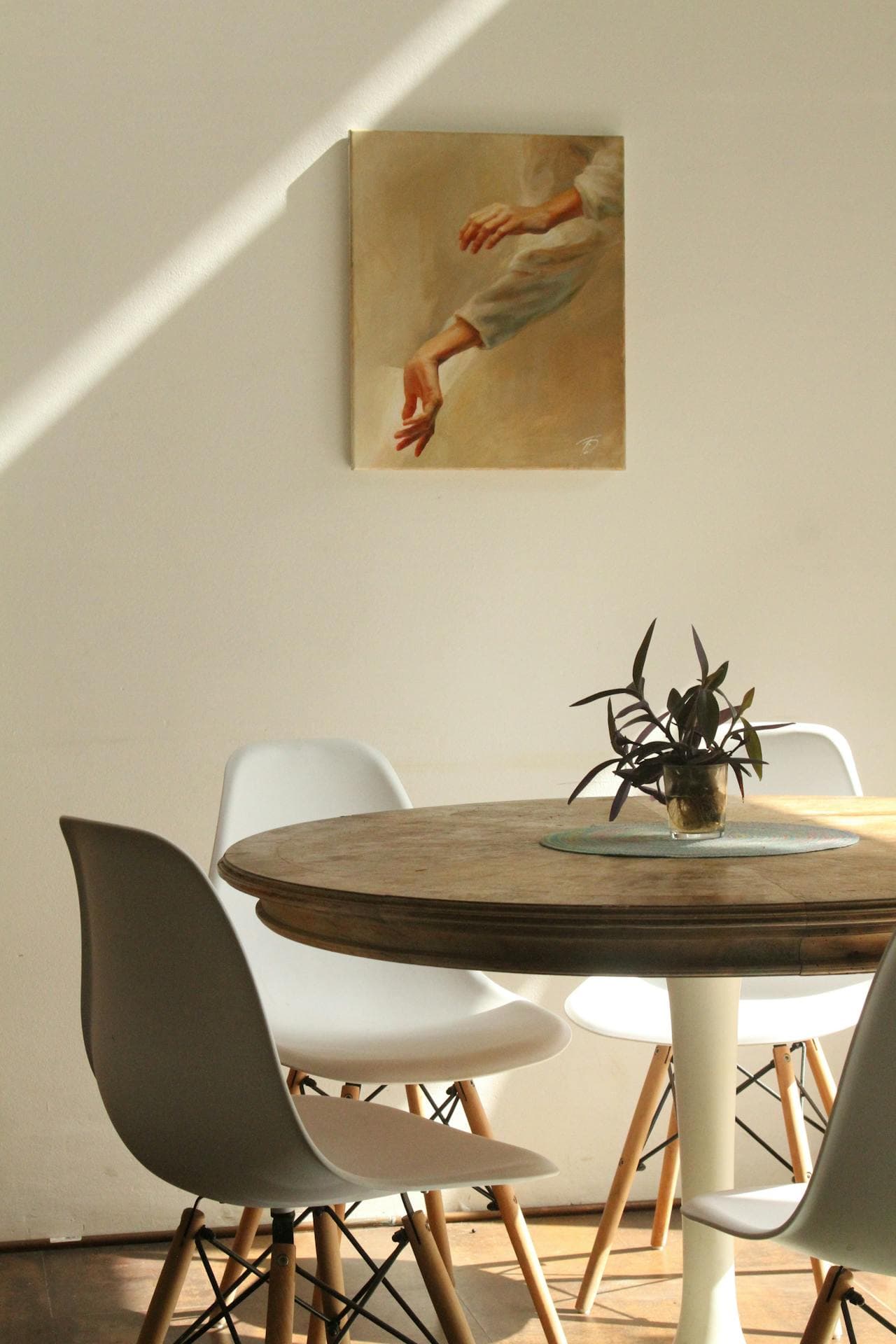
Pros and Cons of Each Style for Medium-Sized Family Dining Areas
Choosing the best table base for your family can feel like a balancing act between style, comfort, and function. Here's a no-fuss breakdown to help you decide:
| Table Base Style | Pros | Cons |
| Leg Tables | - Classic, stable, and fits almost any room style.- Timeless and versatile design. | - Four-leg setup can limit corner seating.- Squeezing extra chairs might feel tight, especially for hosts. |
| Trestle Tables | - Sturdy beam support, ideal for large families or gatherings.- Offers ample legroom along the sides for adding benches or extra chairs. | - May restrict legroom near the center, making certain spots less comfortable for adults. |
| Pedestal Tables | - Central base provides extra elbow room, great for activities like board games and craft sessions.- Flexible seating allows easy addition or removal of Amish dining chairs. | - Stability varies by design, so it’s best to invest in a quality option to avoid wobbling.- Round styles are particularly suited for medium-sized spaces where flexibility is vital. |
Investing Wisely: Maximizing Cost, Care, and Value with Amish Dining Tables
A dining table is more than a functional piece—it’s an investment in your home and family life. When choosing, it’s smart to consider not only the upfront cost but also the maintenance it requires and the lasting value it brings over the years.
Cost vs. Longevity
Leg tables are an affordable choice, with options ranging from $35 to $2,000. Their simplicity makes them accessible for any budget. Trestle tables, priced from $125 to $3,000, offer durability and ample seating, making them ideal for larger families or frequent gatherings. For a mix of flexibility and style, pedestal tables vary between $1,100 and $5,000, offering a distinct look and seating versatility for dynamic spaces.
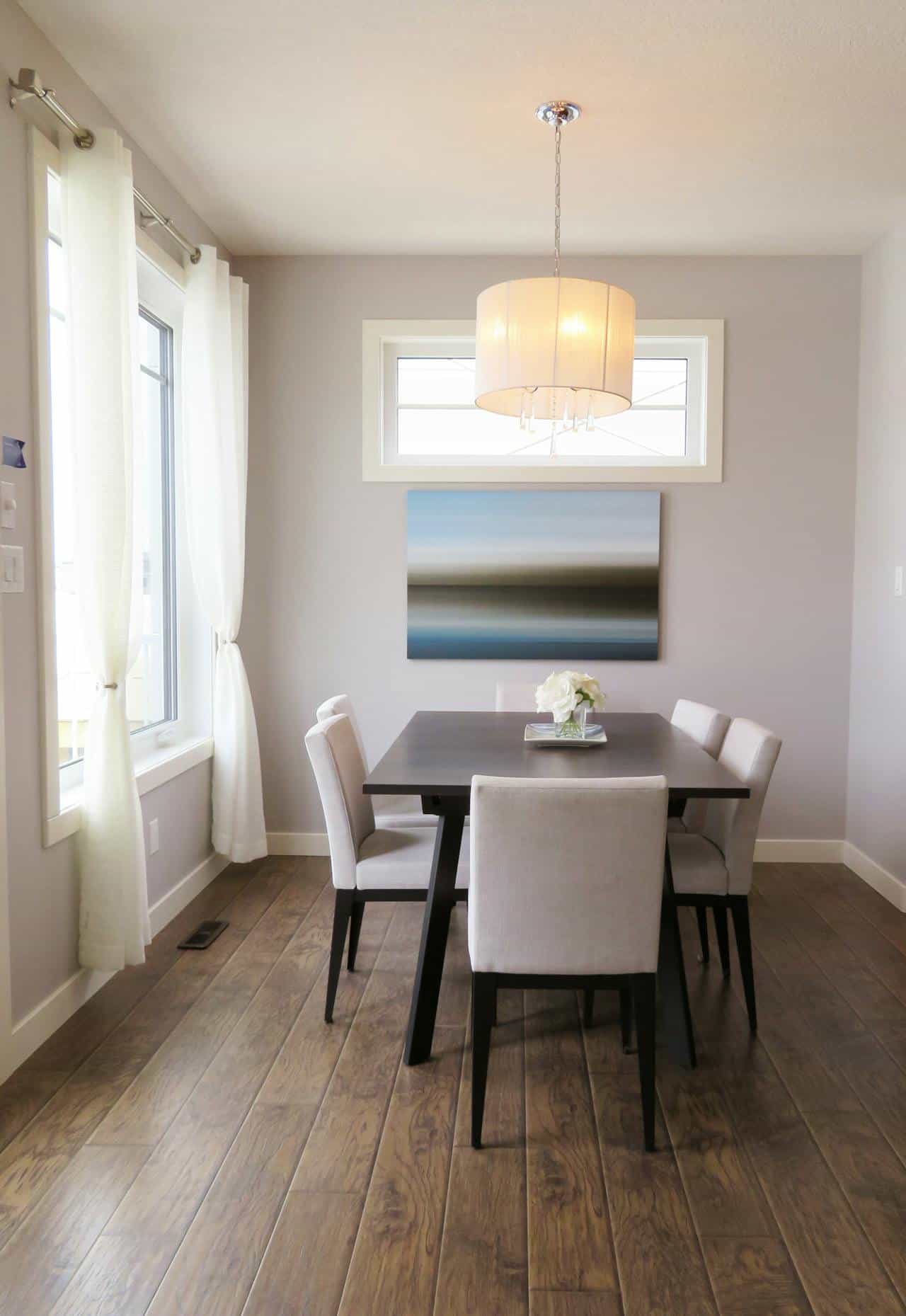
Low-Maintenance Appeal
Amish dining tables are built with finishes that withstand everyday wear, making maintenance effortless and ensuring long-lasting beauty. Leg tables require the least attention, while trestle tables benefit from occasional bolt-tightening. Due to their single base, pedestal tables should be checked for stability occasionally, especially if they are heavily used. The right choice of material and finish can keep your table looking pristine with minimal effort.
Lifetime Value and Heirloom Potential
Quality-crafted Amish dining tables hold significant long-term value. Trestle tables, renowned for their sturdiness and charm, often retain value and can even become treasured heirlooms. Similarly, Amish leg and pedestal tables stand the test of time, embodying form and function. Choosing a well-made table means enjoying it now while securing a piece that could enrich your family for future generations.
Making the Right Choice for Your Family
Your dining table is more than just a piece of furniture—it's where family life unfolds. Whether you're drawn to the classic appeal of a leg table, the sturdy design of a trestle, or the flexibility of a pedestal, choosing the right base style can make your dining area functional and welcoming.
With Amish dining tables, you're investing in quality and longevity. Each style offers something unique to fit your family's needs today and for years to come, ensuring that your table remains at the heart of family gatherings, meals, and memories.


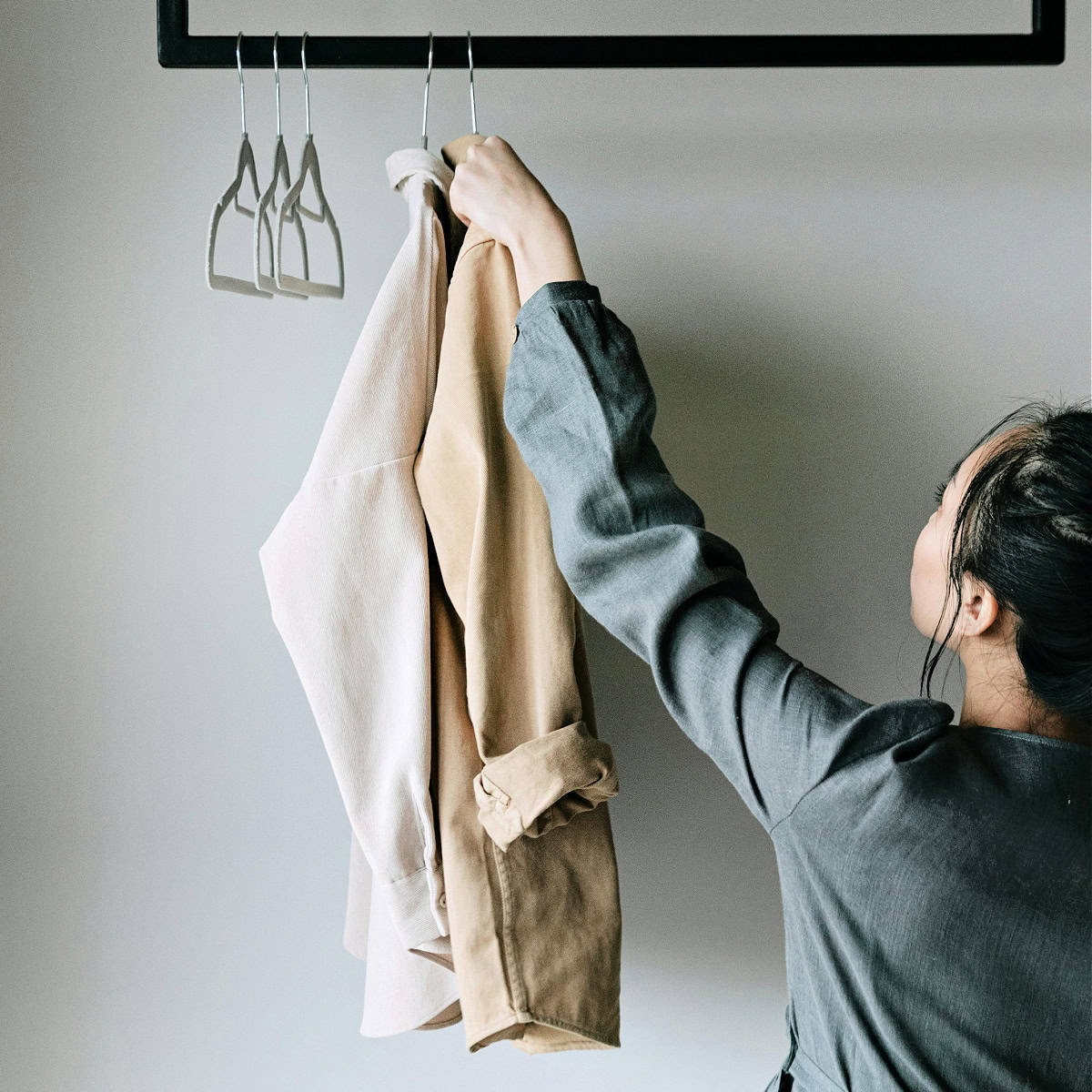

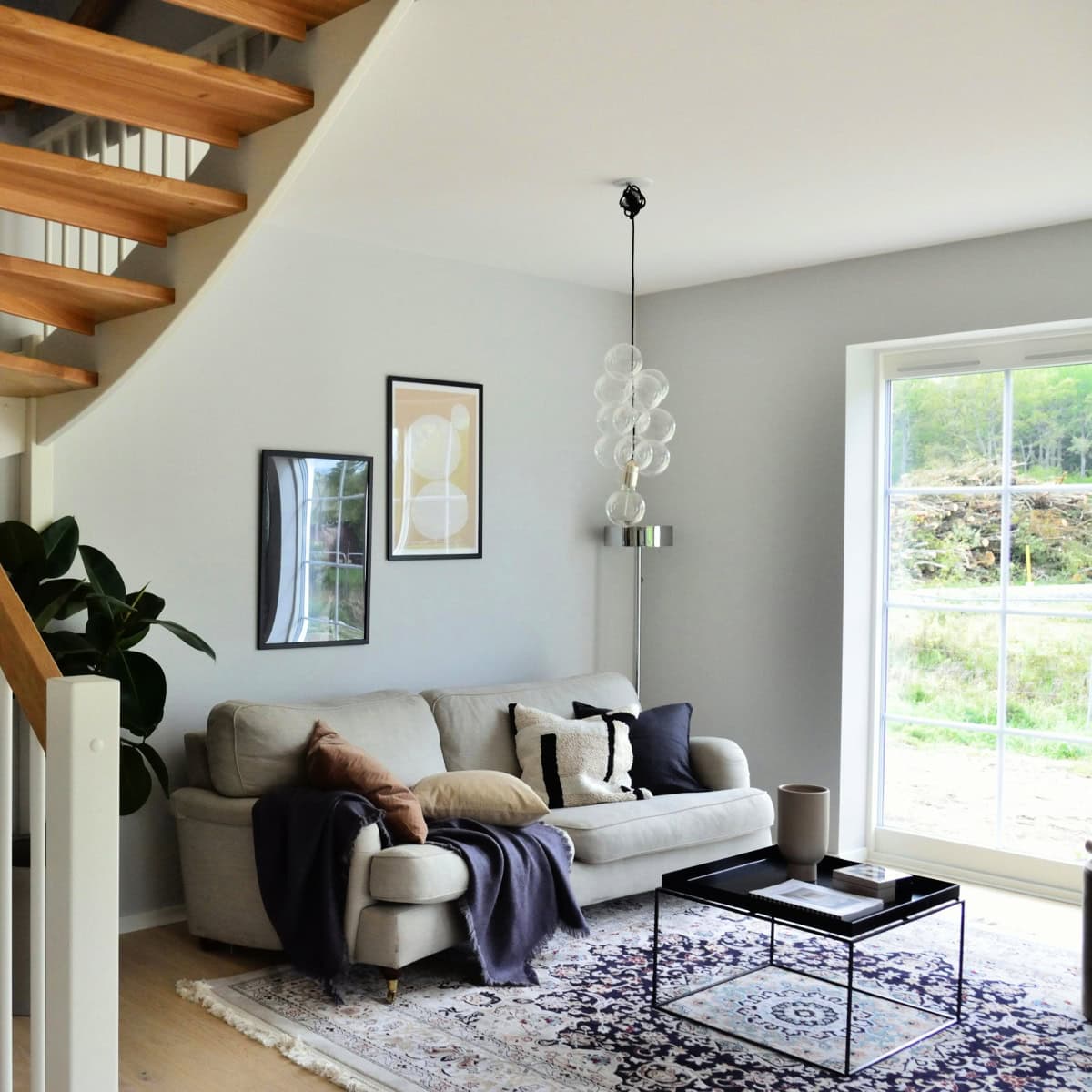
Leave a Reply